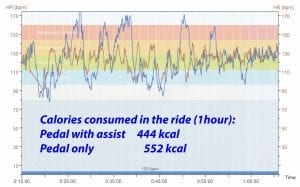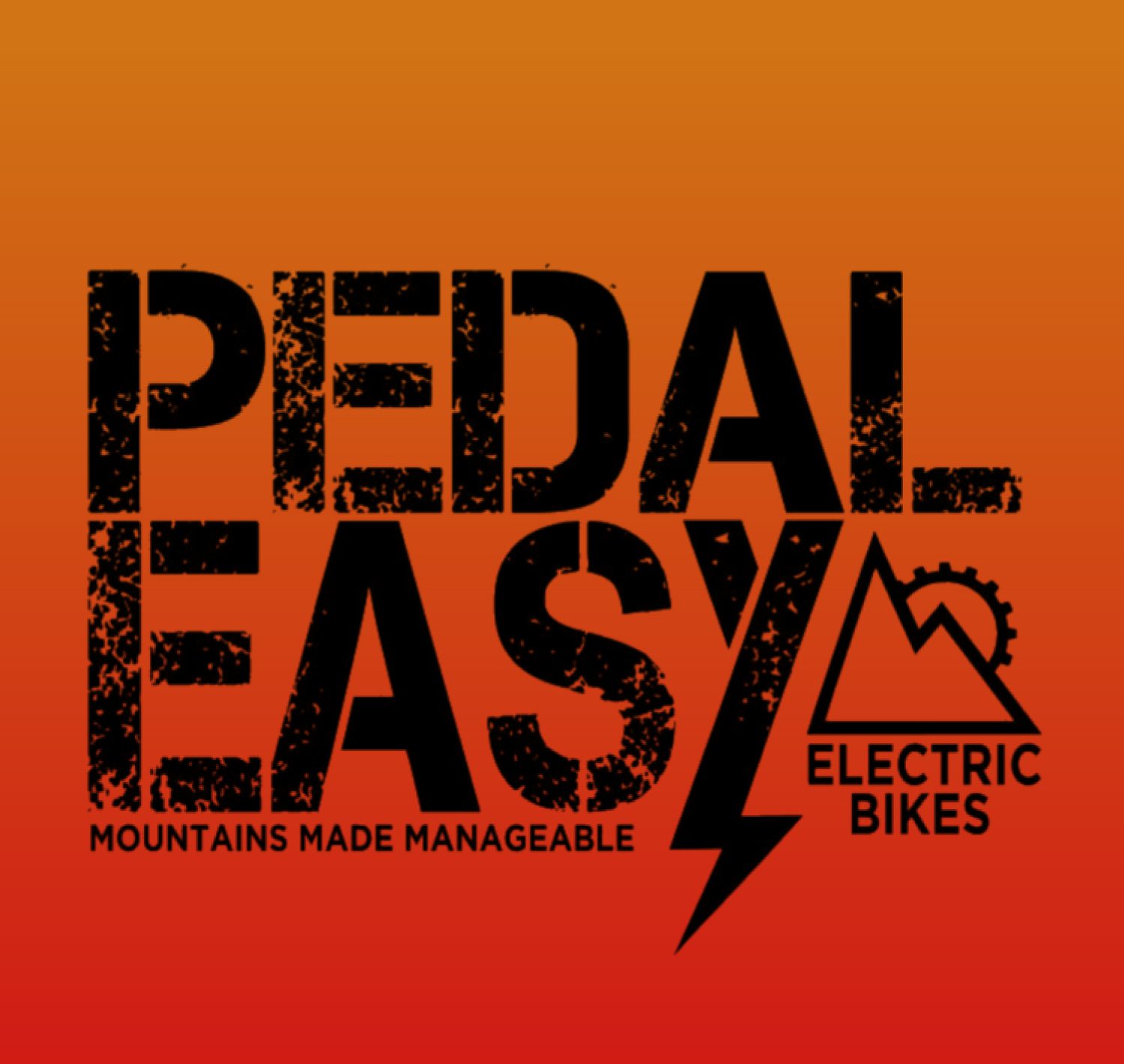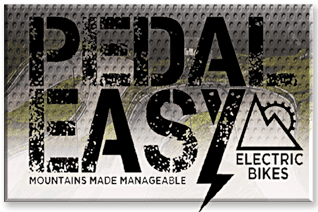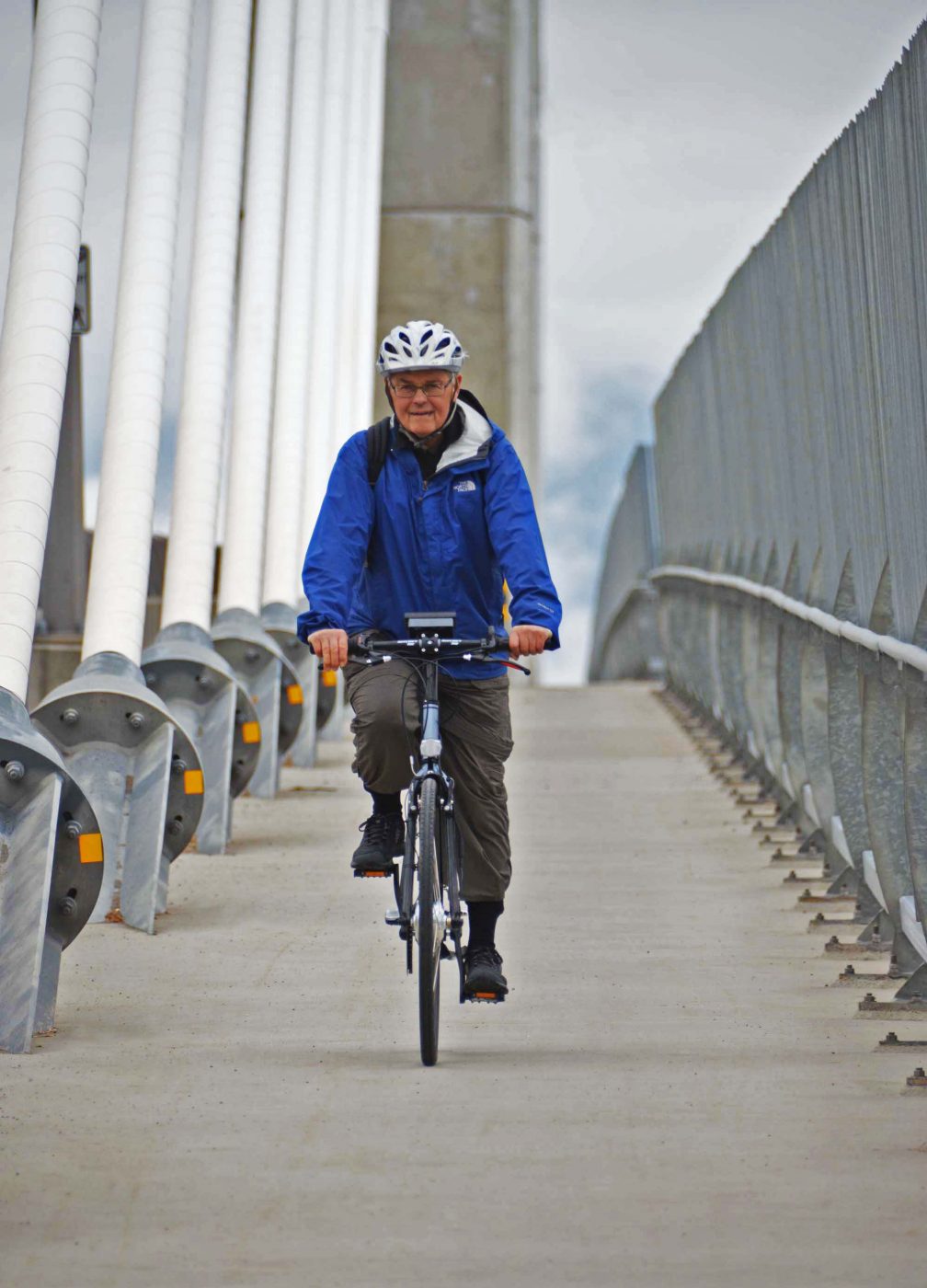“Fitness” E-bike
(Paper presented jointly by Ron & Claudio Wensel at University of Ottawa Heart Institute, 26 September 2013)
First & foremost I want to thank you, the team members of this fantastic facility. I, like many others, owe my life to you.
But…today (thankfully) I am not here as a patient. Rather, My son and I are here to introduce you to a bicycle that we developed, that has helped me immensely with my own cardiac recovery & limitations. My son is currently making these in Ottawa. I am here today to help him in this endeavor.
Our intent today is to introduce you to this bike. Our hope is that this introduction might result in an on-going relationship between us, to help reach more of the people who could benefit from it.
Most of us can identify with the fact that cycling can be hard work! Likewise, most of us also have fond memories of cycling…the wind blowing through our hair, fresh air in every breath & a speed that unfolds new scenery at a tantalizing pace.
“Get lots of exercise, but don’t overdo it!” That is the advice commonly given to people with heart, asthma and hip & knee problems. This bicycle “lures” you into doing just that. Moreover, testimonials from our customers indicate it has been a lasting, long-term motivator for them. Some have said it has been responsible for their own re-“activation” or resumption of physical activity. People who had essentially cancelled cycling from their lives, have become active users.
It is simple, but unique…a lightweight high-end bicycle integrated with a small high efficiency battery and motor. The way it promotes fitness is also pretty simple…it allows the rider to take the “edge” off those times of heavy physical exertion, leaving all the exhilaration and inherent pleasure of open-air cycling, without the peak demand of hills and strong headwinds. By removing the heavy “grunt-work”, you easily get hooked on riding, and as a consequence you find yourself riding further and more often than you ever dreamed. Almost everyone who has tried one comes back with what we are beginning to call the “electric smile”. It is pure fun!
How do you use it? Well, you pedal & change gears just like on a normal bicycle. The only additional control is a twist type throttle on the left handlebar grip that allows you to apply battery power to supplement your own power when you feel you need it.
When used with a heart monitor, the user is able to keep his/her heart rate within bounds, regardless of terrain, wind or road condition. An energy meter on the bicycle keeps track of how much battery energy is used for a given trip. It becomes a challenge to try to lower it on subsequent trips, as you get fitter and fitter.
Being an engineer, I like to quantify things. I would like now to show you some data attesting to the fact that judicious use of power assist can very effectively keep a rider’s heart rate below a chosen threshold. Moreover, he/she still gets lots of exercise.
Figure 1 shows my heart rate for a trip over moderately hilly terrain, using the throttle to keep my heart rate below 140 beats per minute (a cap recommended to me based on stress tests, and which I normally adhere to). You can see that power-assist enabled me to quite effectively keep my heart rate within bounds. Figure 2 (done on a different day) shows the same trip over the same terrain at roughly the same pace, but this time I did not use any assist. Each hill shows up quite clearly as a steeply rising heart rate. You might ask why I didn’t gear down, and the answer is…I did! What you can’t see from the plots is how this all feels to the rider. The difference between those two rides in terms of perceived level of exertion was enormous.
But, you ask… How much “exercise” was sacrificed as a result of the assisted power? According to my heart monitor, not much! Studies have shown that the energy calculation of such monitors is quite accurate (when programmed with the user’s personal data, such as VO2 max, weight, and max/min heart rate). It recorded an energy expenditure of 444 kcal on the first ride, and 552 kcal on the second, a reduction of only 20% (Figure 3). So it is possible to limit exertion while sustaining quite a high level of exercise. In a sense you can “have your cake and eat it too”…although maybe it’s more appropriate in this case to think of this as “eating your cake and burning it off too”!
Reflecting on my own experience, which began years before I ever thought of it as a “product”, this bike has certainly changed my world. When faced with a physical limitation, disability, or tiring body, the negatives of cycling can easily outweigh the positives. What makes this bicycle so special is that it allows us to continue enjoying all the pleasures of open-air cycling, despite the limitations of our bodies…and…fitness follows!
So, we call it a “Fitness” e-bike because it:
- Promotes fitness by encouraging the user to cycle more and to ride further (commute to work, do errands, bike touring).
- It is an “equalizer”, so people who want to ride together with stronger cyclists can keep pace.
- Use of power assist allows the user to limit the “peaks” of power-demand on his/her body and maintain energy output at a constant level, which is beneficial for cardiac recuperation and people with knee or hip problems, asthma and many other afflictions that can be aggravated by overdoing it.
- The bike can bring back the cycling experience to people who have, for whatever reason, removed cycling from their life.
- Fear of getting exhausted in the middle of the ride disappears.
Figure 1: Heart Rate, using assist to help on hills
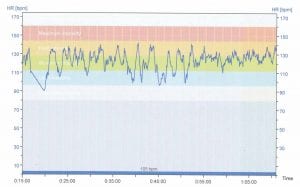
Figure 2: Heart Rate, pedal only with no assist

Figure 3: Energy expended on the two rides
